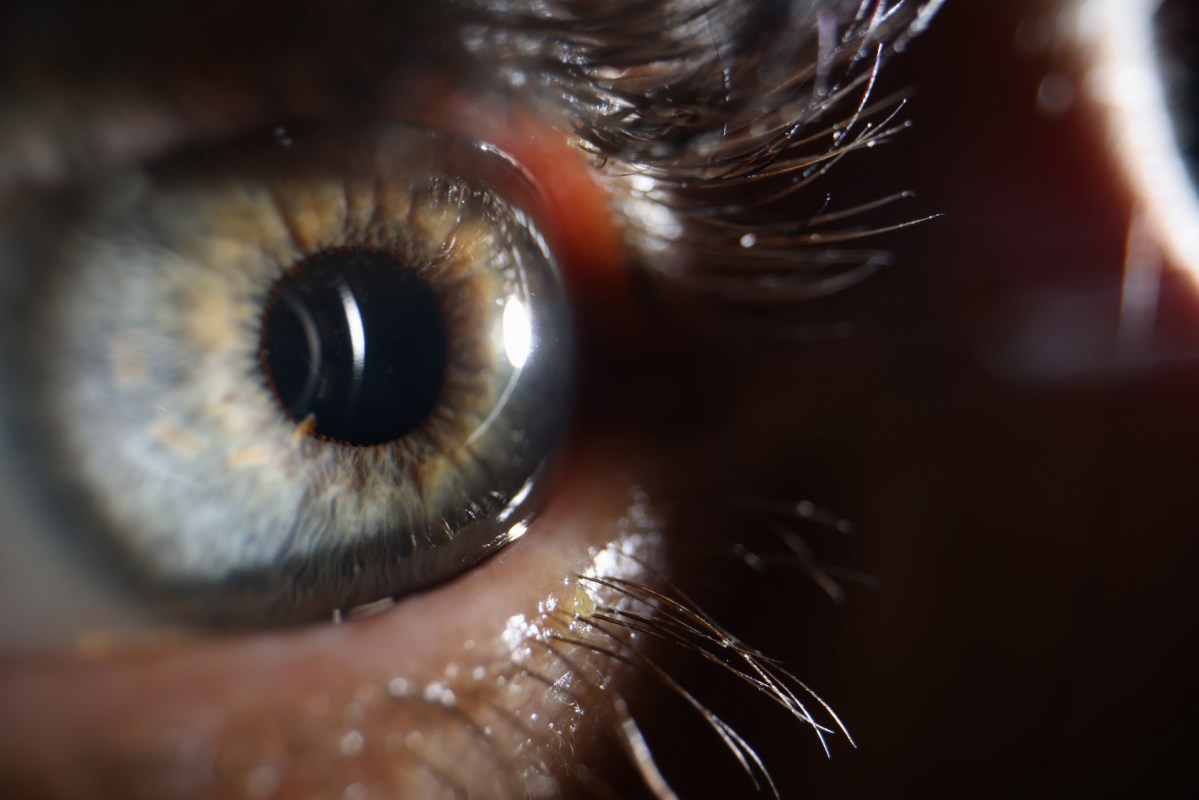The eyes are among the most important organs for humans. We rely on them to navigate the world, and they serve as our most relied upon and useful sense. But now, researchers are finding that plastic pollution might be infiltrating our eyes.
What's happened?
In a new study made available by ScienceDirect, researchers uncovered the presence of microplastics within the human eye. Using advanced analytical techniques, they detected over 8,500 plastic particles in samples from 49 individuals with various eye conditions.
Unfortunately, the materials that make up most plastics aren't naturally occurring, so they don't break down easily in nature. Instead, they just become smaller and smaller fragments, known as microplastics.
Microplastics are plastic particles less than 5 millimeters in length, but typically the term is used to describe those that are too small to be seen by the naked eye. These minuscule particles have been found almost everywhere — from deep in the ocean to high in the mountains and, alarmingly, even inside our bodies.
"This research provides significant insights into infiltration of [microplastic] pollutants within the human eye, shedding light on their potential implications for ocular health and advocating for further exploration of this emerging health risk," the authors of the paper wrote.
Their findings were published in Science of The Total Environment.
Why are microplastics in eyes concerning?
Microplastics can carry harmful chemicals, like bisphenol A (BPA), which can leach into our soil, our water supply, and eventually make their way into the food we eat. This could contribute to a variety of health issues.
For example, a study mentioned by the Guardian found that microplastics can cause inflammation and toxicity in the gastrointestinal systems of mice, which could also be a concern for humans. Plus, these particles have been linked to problems like testicular inflammation, decreased sperm health, and a reduction in healthy gut bacteria in animal studies.
This new discovery underscores the urgent need for further investigation into the effects of microplastic exposure on public health, and it highlights the broader issue of plastic pollution's pervasive reach into the human body.
What's being done about it?
This pioneering study not only sheds light on the presence of microplastics in the eye but also emphasizes the need for continued research and vigilance. It may even cause some people to rethink their relationship with plastic products.
Scientists have gained valuable insights into the types and concentrations of microplastics present. Moving forward, it is imperative to further investigate the potential implications of microplastic exposure on eye health and develop strategies to mitigate adverse effects.
Join our free newsletter for weekly updates on the coolest innovations improving our lives and saving our planet.









